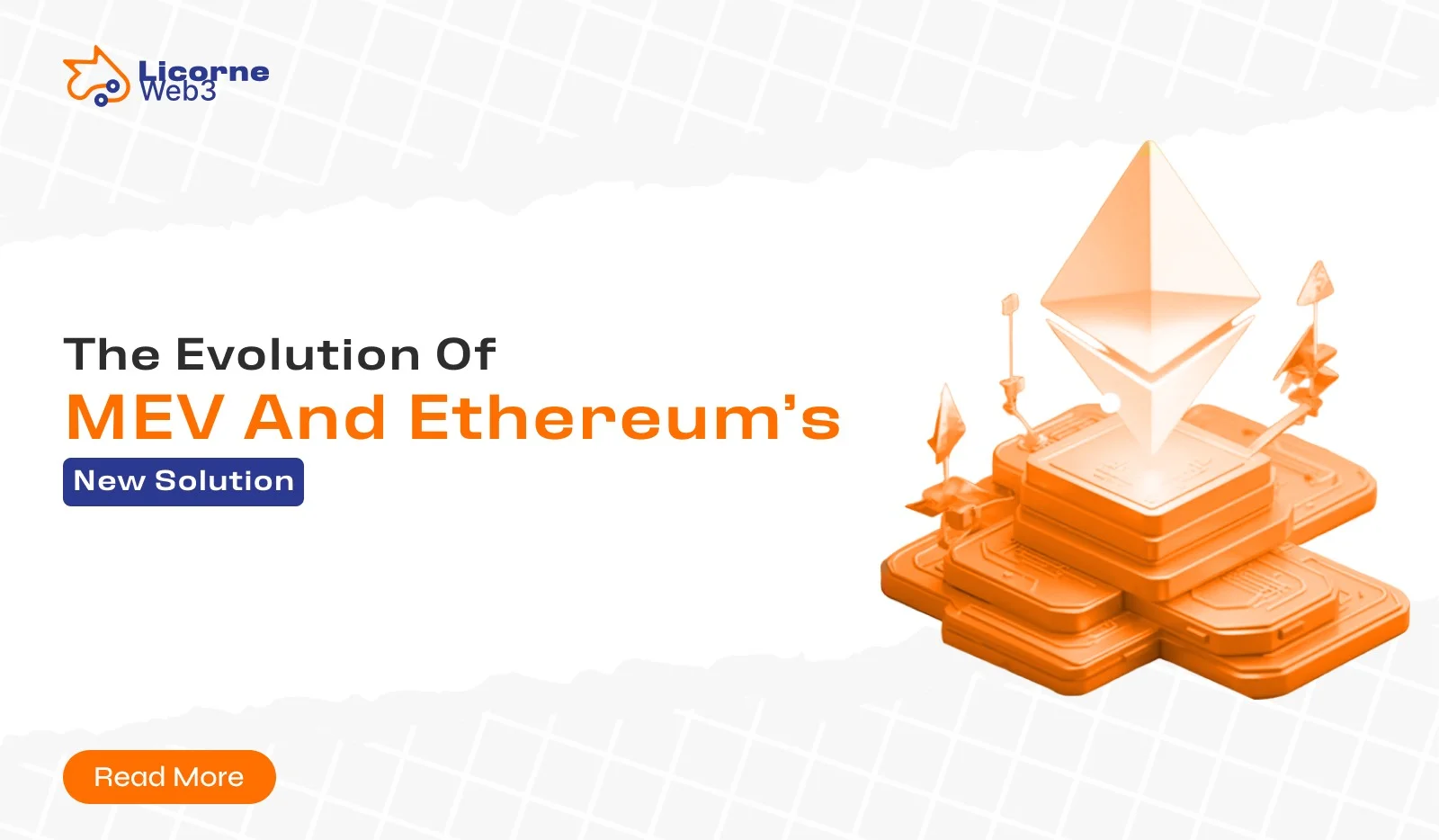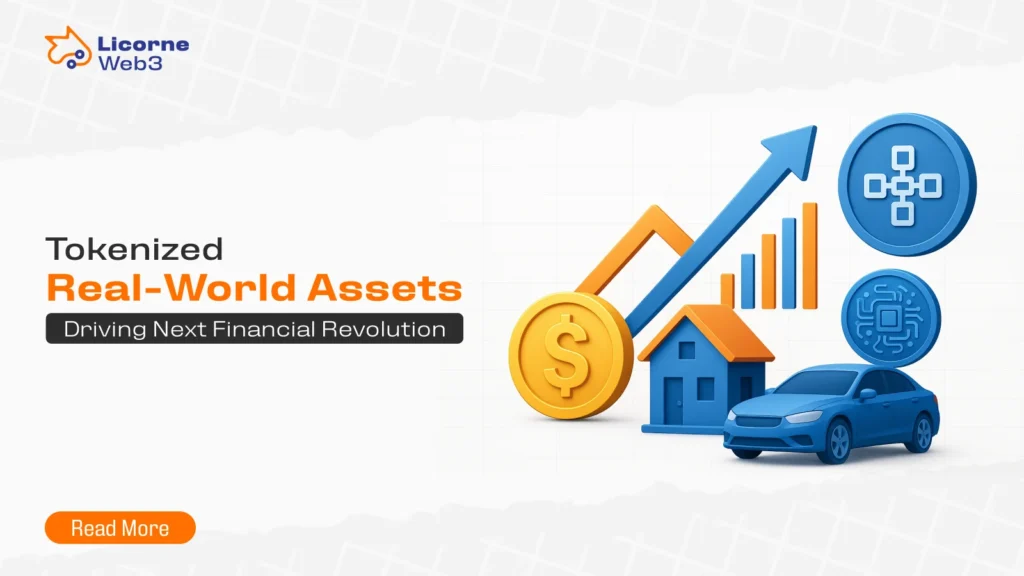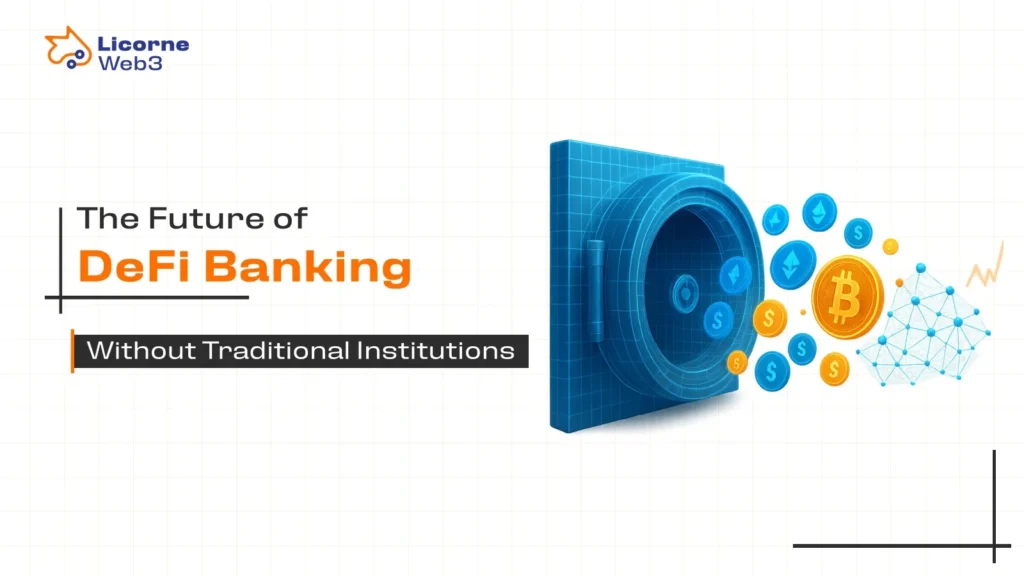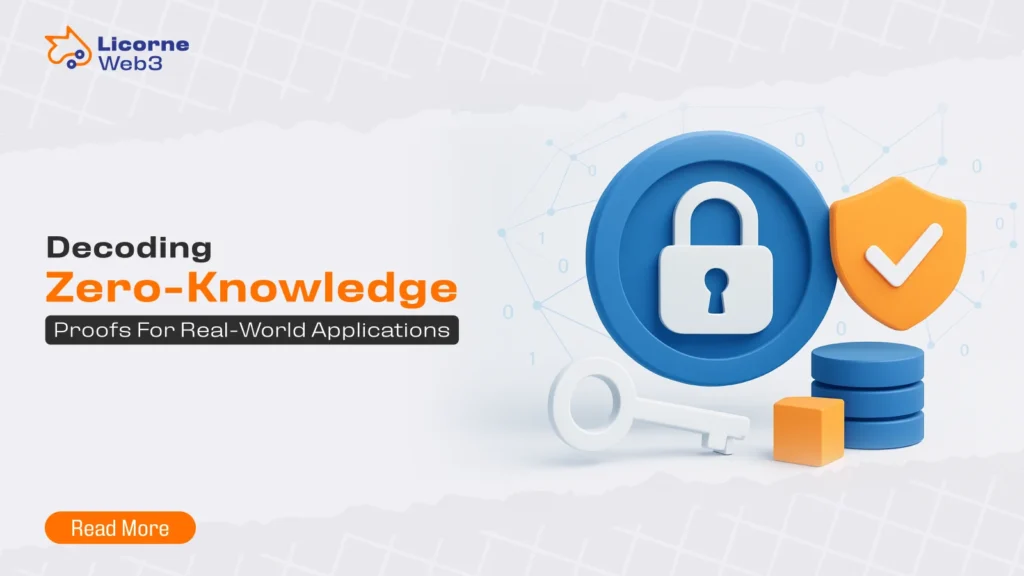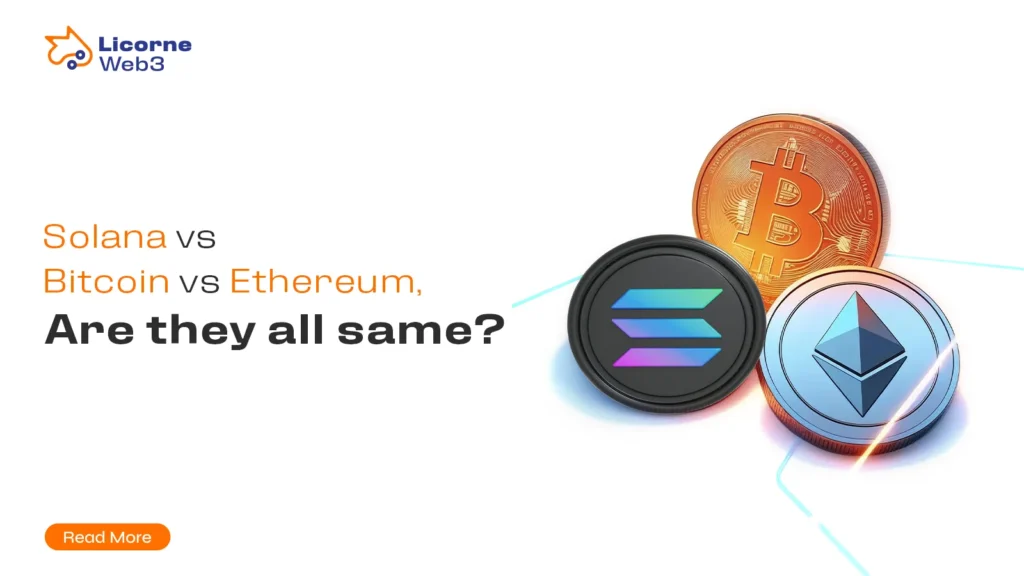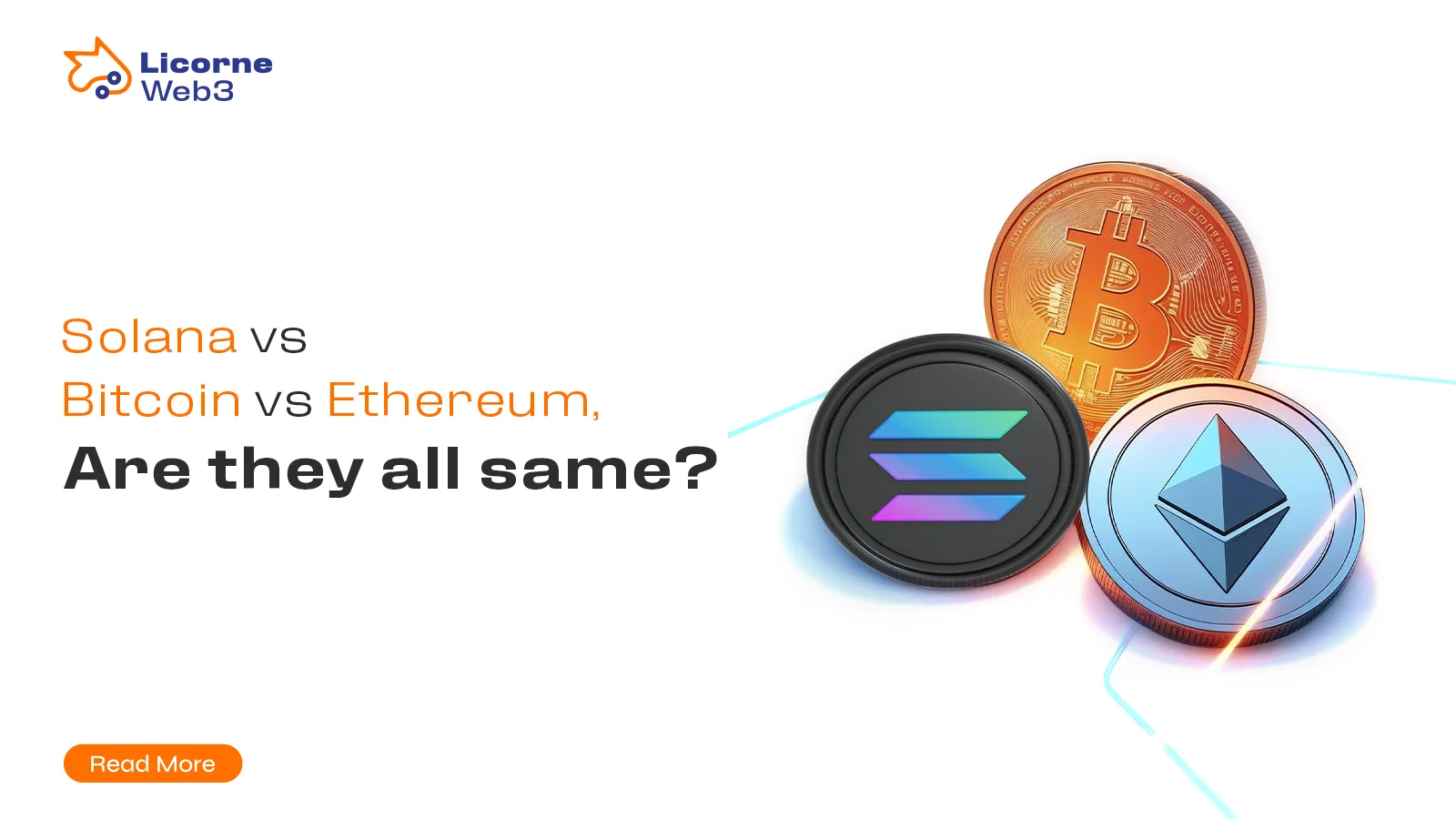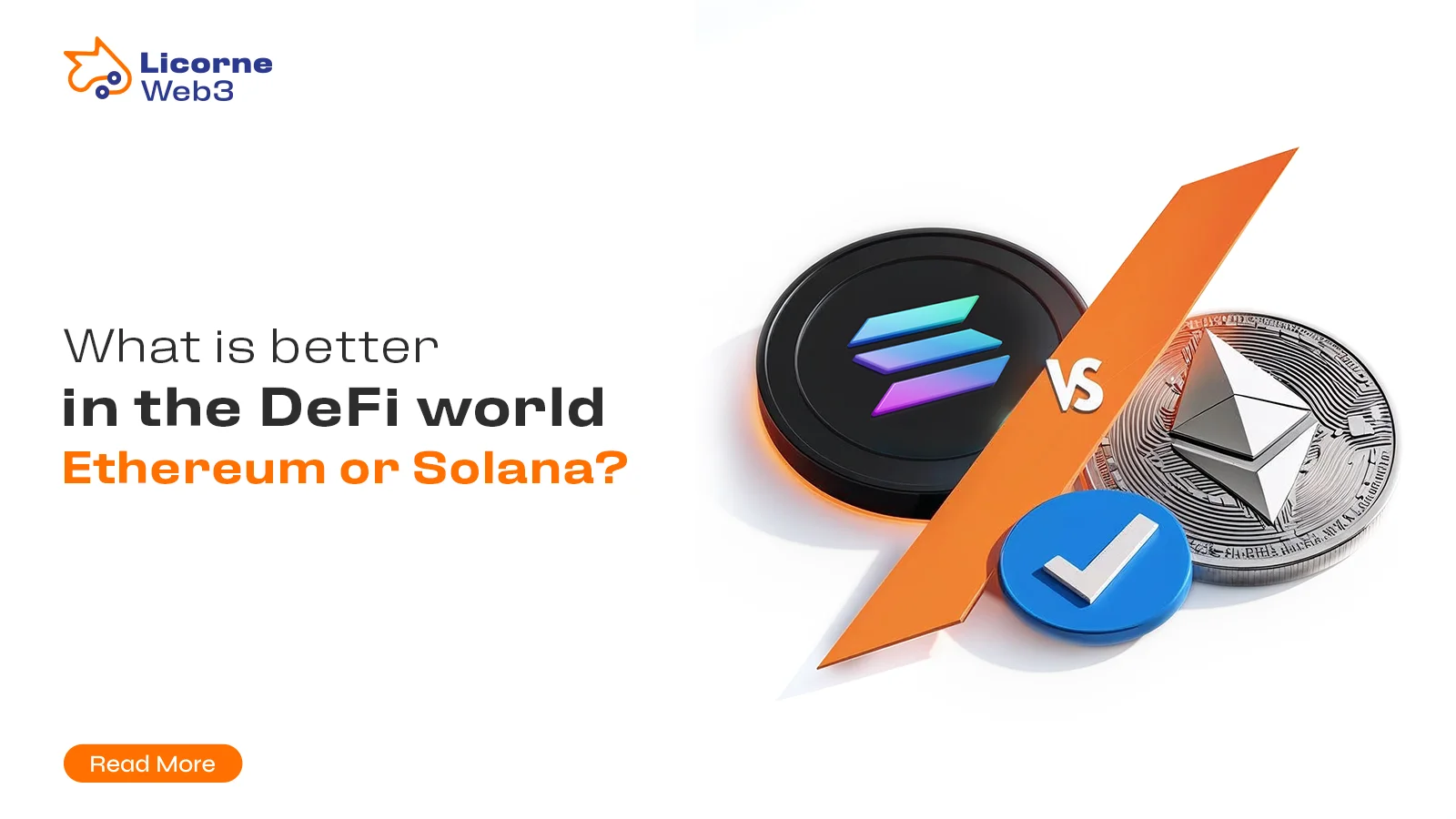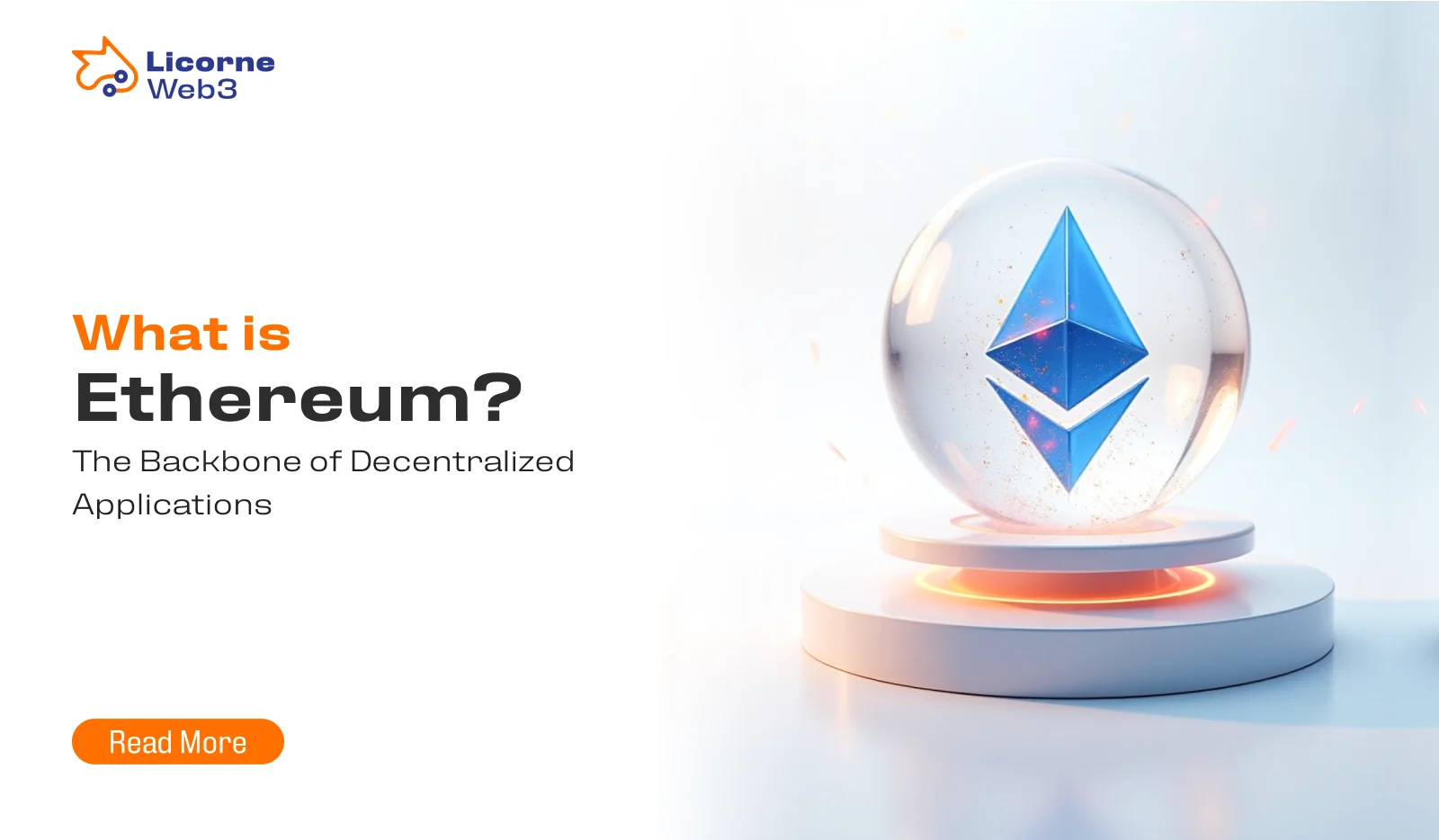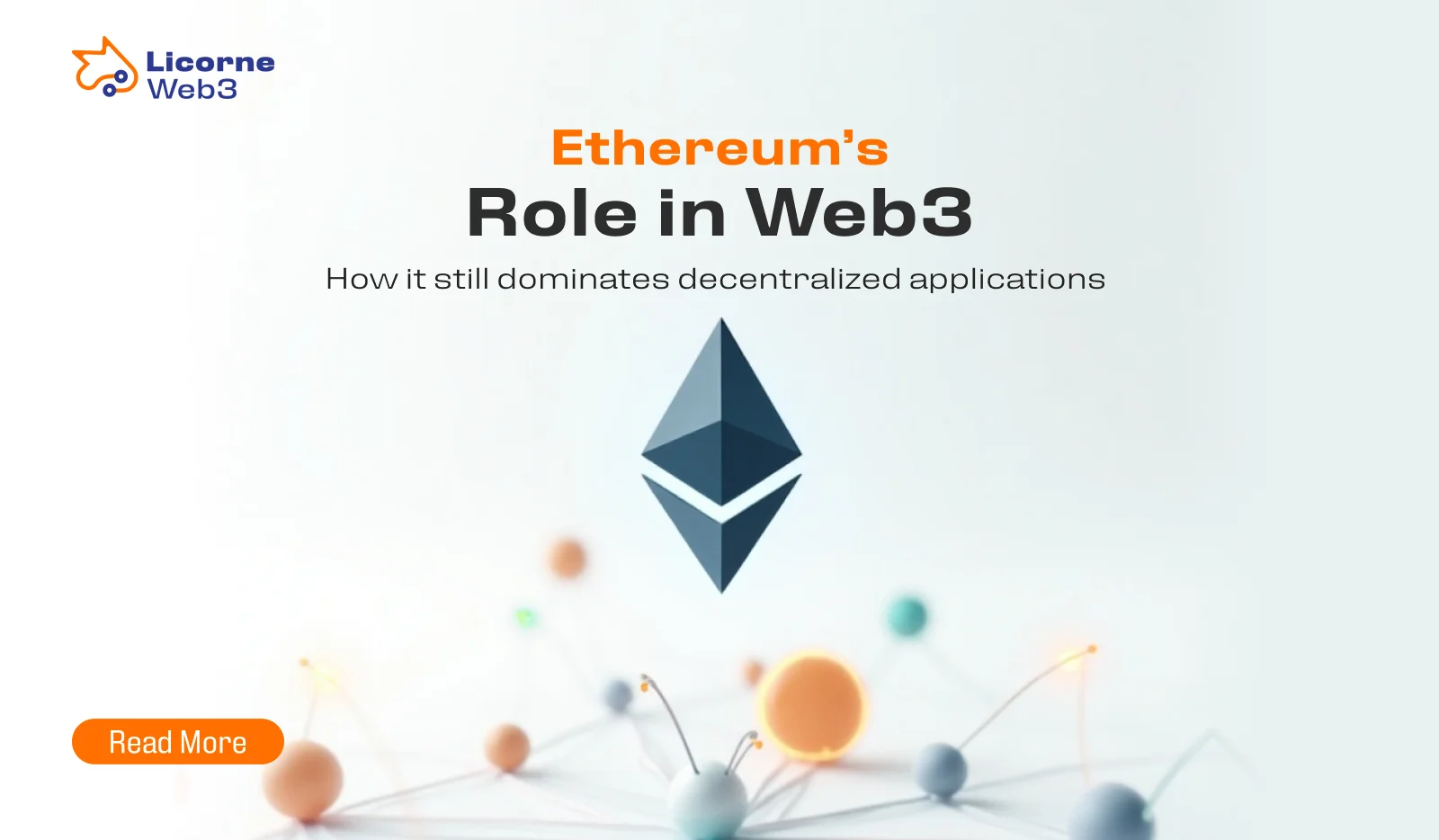In the complex and constantly evolving world of blockchain technology, Maximal Extractable Value (MEV) has emerged as one of the most critical and controversial phenomena, especially within the Ethereum ecosystem. MEV refers to the profit that can be extracted by reordering, inserting, or censoring transactions within a block, and its impact has been profound.
Over time, MEV has influenced not just transaction ordering but also validator incentives, user costs, network security, and the overall fairness of decentralized applications. What used to remain a theoretical idea has grown into a highly potent economic risk, which brought benefits such as increased profits for advanced players while posing threats such as network consolidation and control over transactions, as well as a decrease in the experience of utilizing the given services.
We also understand that due to the increasing congestion, the Ethereum community has been working on various ways to reduce the negative impact of MEV. PBS and MEV-Boost developments address the block construction by decentralizing the process, disentangling the proposer from the builder roles, and making the process more transparent and immune to control.
In this blog, I discuss how MEV has developed, the issues that it has raised, and how Ethereum is heading toward a fair and safer environment through these radical changes.
What is MEV?
MEV stands for maximum extractable value of the transaction reordering, inserting, or dropping by the entity within the block above the regular block reward and fees. It’s a way for block proposers (or miners, before Ethereum’s Merge) to reap additional gains by skimming how transactions are processed.
When sending a transaction on Ethereum, it enters the mempool, where it waits to be added to a block. Validators can then check these pending transactions and decide how to arrange them for their benefit, most of the time, either through arbitrage events, market swings, or through receiving DeFi liquidation events.
For instance, if you’re buying a crypto asset on Uniswap (a leading decentralized exchange), a validator might spot your trade and front-run it. They could place their buy order first, drive the price up, and then sell immediately after, a classic example of price slippage and manipulation of on-chain order matching systems.
This kind of MEV activity can generate significant profits, but it often disadvantages regular users and raises concerns about fairness, decentralization, and slippage tolerances. Thus,
MEV = additional profits made through transaction manipulation
The Early Evolution of MEV
In Ethereum’s early years (2015-2017), MEV existed but was largely under the radar. Most application layer interactions were simple, centered around token transfers, ICOs, and basic on-chain exchanges. The infrastructure and activity were not mature enough to generate substantial MEV opportunities.
At this stage, decentralized finance (DeFi) was still in its infancy. There were no large-scale lending platforms, decentralized exchanges, or complex financial instruments. As a result, MEV was poorly understood.
That changed in 2019 with the release of “Flash Boys 2.0,” which introduced the term maximal extractable value and showed how block producers could extract profits by reordering DEX trades.
Key Early Developments:
- Front-running bots on EtherDelta (early DEX)
- Liquidation opportunities on lending platforms like Compound
- Arbitrage between multiple DEXs
Impact: By 2020, MEV extraction had become a multimillion-dollar business. Specialized bots scanned the mempool for profit opportunities and executed complex strategies.
The DeFi Boom and the Rise of MEV Markets
During the explosive growth of DeFi Summer 2020, MEV activity surged as billions of dollars flowed into protocols like Uniswap, Aave, and Sushiswap, creating lucrative opportunities in areas such as liquidations and DEX arbitrage. However, this surge also exposed several problems:
Gas Wars
- Competing bots would outbid each other by offering increasingly higher gas fees to get their transactions mined first.
- This led to network congestion and exorbitant transaction costs for everyday users of Web3 applications.
Front-Running Attacks
- Regular users making trades on DEXs often suffered from front-running bots that executed profitable trades at their expense.
Centralization Threats
- Validators or block producers could form private arrangements with sophisticated searchers, increasing network centralization.
Flashbots and the MEV-Boost Revolution
In 2020, a group called Flashbots emerged with a mission to democratize and make MEV transparent.
Flashbots’ Contributions:
- Introduced MEV-Geth, a modified Ethereum client that allowed miners to receive transaction bundles off-chain, avoiding gas wars.
- Created Flashbots Auction, where searchers could bid for inclusion without congesting the network.
- Built a transparent marketplace between searchers and miners.
Benefits:
- Reduced on-chain congestion (no more bidding wars in gas fees).
- Made MEV extraction more organized and less damaging to network users.
- Allowed researchers and the Web3 community to observe MEV activity openly.
Drawback:
- Flashbots became a central point of failure, handling the majority of MEV transactions.
- Some relays later engaged in transaction censorship after regulatory actions like the OFAC (Office of Foreign Assets Control) sanctions in 2022 (e.g., Tornado Cash incident).
Thus, while Flashbots solved many problems, it also introduced centralization and censorship concerns.
Ethereum’s Transition: From Proof of Work to Proof of Stake
In September 2022, Ethereum underwent a transformative upgrade known as The Merge, shifting from a Proof of Work (PoW) consensus mechanism to Proof of Stake (PoS). This transition marked a major milestone in Ethereum’s roadmap, aiming to improve energy efficiency, security, and scalability across EVM-compatible chains.
Under PoS, validators replaced miners as the entities responsible for proposing and finalizing blocks. However, while the block production process changed, MEV did not disappear; it simply shifted hands.
Key changes after The Merge:
- Validators replaced miners as block proposers.
- MEV opportunities remained and were now available to validators.
- Validators could still reorder, insert, or censor transactions to maximize profits.
- MEV became a built-in economic incentive within the validator ecosystem.
This evolution made MEV a more urgent issue than ever before. With lower operational costs and high potential profits, validators are strongly incentivized to engage in MEV strategies.
Why MEV became more critical after The Merge:
- Higher incentives: Validators can earn extra income beyond staking rewards by extracting MEV.
- Risk of centralization: Validators or staking pools with advanced MEV strategies can outcompete others, leading to power concentration.
- Threat to decentralization: Centralized MEV extraction undermines Ethereum’s neutrality, opens the door to censorship, and weakens trust in the protocol.
As MEV extraction scaled post-Merge, it became clear that new solutions were needed to manage MEV fairly, protect Ethereum’s decentralized ethos, and ensure long-term network security.
Introducing Proposer-Builder Separation (PBS)
In response to the increasing challenges from MEV, Ethereum researchers proposed one of the most innovative architectural innovations of all time, called Proposer-Builder Separation (PBS). This idea is aimed at reducing the negative impact of MEV, spreading the risks of centralization associated with the Ethereum protocol, and making block production more transparent and decentralized.
At its core, PBS separates the responsibilities of two key roles within Ethereum’s block production pipeline:
How Proposer-Builder Separation (PBS) works:
- Block Builders: Specialized actors who construct blocks by selecting and ordering transactions most efficiently and profitably, including MEV strategies like arbitrage or bundling.
- Block Proposers (Validators): Instead of building blocks themselves, proposers select the best block offered by builders based on criteria such as bid value (i.e., the fee paid to the validator).
This separation introduces a competitive market for block building, where builders submit block proposals and proposers choose the most valuable one, all while preserving decentralization and reducing trust assumptions.
Benefits of PBS:
- Reduces centralization pressure by leveling the playing field among validators, even those without MEV expertise.
- Increases transparency in how transactions are ordered and included.
- Mitigates censorship risks by limiting a single actor’s control over transaction selection.
- Encourages open markets for block construction and MEV extraction, promoting economic efficiency.
By separating the economic optimization of blocks (builders) from the responsibility of finalizing them (proposers), PBS aims to create a modular, secure, and fairer system that can adapt as Ethereum scales.
MEV-Boost: Today’s Off-Chain PBS Solution
As fully integrating Proposer-Builder Separation (PBS) into Ethereum’s core protocol will require major consensus-layer changes, likely as part of long-term upgrades like Danksharding, the Ethereum community recognized the need for an immediate, practical solution to manage MEV more fairly. That solution came in the form of MEV-Boost.
What is MEV-Boost?
MEV-Boost is an open-source middleware developed by Flashbots that allows validators to outsource block construction to a competitive market of third-party builders. It serves as a stopgap implementation of PBS, giving validators access to better MEV opportunities while promoting decentralization and reducing the dominance of any single actor.
Key Features of MEV-Boost:
- Connects validators to multiple block builders via trusted relays
- Enables validators to receive block proposals (bids) from builders
- Let validators choose the most profitable block without building it themselves
How MEV-Boost Works:
- The validator signals interest in a block using MEV-Boost.
- Builders submit complete block proposals along with a bid (payment) for inclusion.
- The validator selects the block with the highest bid and proposes it to the network.
This process introduces open competition into the block production pipeline, helping to prevent centralization of MEV extraction while maximizing validator rewards.
Current Status (as of 2024):
- Over 90% of Ethereum blocks are now built using MEV-Boost.
- Multiple independent builders and relays actively participate in the ecosystem.
- The system promotes greater transparency, economic efficiency, and modularity in block production.
Ongoing Challenges:
Despite its success, MEV-Boost is not without limitations:
- Some relays have censored transactions due to jurisdictional or regulatory pressure, raising concerns about freedom and neutrality.
- Validators currently rely on trusted relays, introducing potential central points of failure and requiring further innovation to make the system fully trustless.
Advanced Concepts: SUAVE, Encrypted Mempools, and MEV-Burn
Ethereum researchers and Flashbots continue working on even more sophisticated improvements to MEV management.
SUAVE: Single Unifying Auction for Value Expression
- Proposed by Flashbots as a decentralized global MEV marketplace.
- Would allow all blockchains to share MEV opportunities in a secure, fair manner.
- Built as a separate blockchain optimized for private mempool management, ordering, and execution.
Goal:
SUAVE would decentralize MEV extraction even beyond Ethereum, addressing multi-chain MEV.
Encrypted Mempools
Another avenue of research is encrypting transaction data until block proposal time.
- Users’ transactions would remain hidden from validators and searchers until after block creation.
- Prevents front-running, sandwich attacks, and private order flow abuse.
Examples:
- Shutter Network works on threshold encryption for Ethereum.
- EIP-4844 (Proto-Danksharding) will eventually make data availability for encrypted blobs more efficient.
MEV-Burn
One proposal gaining traction is MEV-Burn.
Idea:
- Instead of validators keeping all extracted MEV, a portion would be “burned” (destroyed), reducing the supply.
- This aligns MEV extraction with Ethereum’s economic model, similar to EIP-1559’s gas fee burn.
- It would make ETH more scarce and valuable over time.
Potential Benefits:
- Reduces validator incentives to behave maliciously.
- Makes Ethereum economically stronger and more resistant to capture.
The Broader Impact of MEV on Ethereum
MEV has far-reaching consequences:
- User Experience: High MEV extraction can make DeFi costly and unfair for ordinary users.
- Network Security: Centralized MEV extraction risks validator collusion and network takeovers.
- Economic Sustainability: Proper MEV handling strengthens Ethereum’s tokenomics and long-term value.
Thus, addressing MEV isn’t just a technical issue, it’s crucial for Ethereum’s future as a decentralized world computer.
10. Conclusion: A More Secure, Fair Ethereum
The tale of Maximal Extractive Value (MEV) uncovers an important insight into blockchain systems, namely: they are not congested goods of technology, but thriving eco-systems which are adjusted according to new challenges. Starting as a collection of obscure trading strategies, this set of practices has ballooned into a multi-billion-dollar phenomenon, causing Ethereum to contemplate, question, and ultimately change the way it thinks about the principles of block production, decentralization, and fairness.
In response, Ethereum’s developer and research community has taken bold and forward-thinking steps. Through innovations such as:
- Flashbots Auctions enabling transparent MEV markets
- MEV-Boost separates the lock building from the proposal
- Proposer-Builder Separation (PBS) reduces centralization risks
- Encrypted Mempools shield user transactions from manipulation
- SUAVE (Single Unifying Auction for Value Expression) is a proposed next-generation MEV infrastructure
Ethereum is not just addressing MEV, it’s redefining how decentralized systems should handle economic incentives and fairness.
The evolution of MEV and Ethereum’s active role in solving it makes one thing abundantly clear:
Decentralization is not a destination, it is a continuous process of vigilance, innovation, and refinement.
As Ethereum pushes forward, its greatest strength remains its global, open-source community, a collective committed to transparency, security, and progress. In tackling MEV head-on, Ethereum is setting the standard for what a resilient, user-first blockchain future can look like.
Author
-

I am a content writer with a passion for creating engaging content. I aim to simplify complex topics for readers through writing. With a keen interest in blockchain and crypto, I strive to foster understanding and empower readers to explore new ideas!
View all posts


